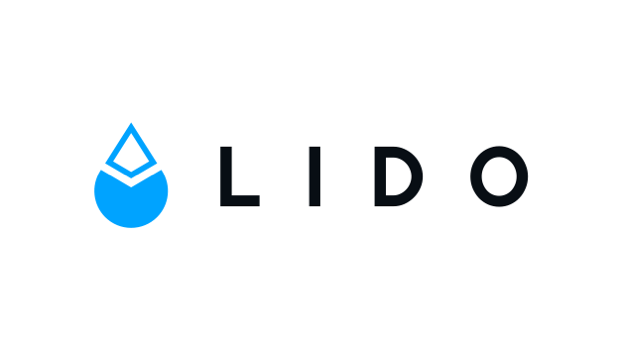
As the pledge rate of Ethereum (ETH) exceeds 20%, Lido (LDO) and Rocket Pool (RPL) in the LSD track have become the focus of market attention. This article will analyze the selling pressure and demand for the two major LSD target tokens from a financial perspective, and provide a reference for the selection of investment strategies for different investment periods.
LDO token distribution and sources of selling pressure
The total issuance amount of LDO is 1 billion, and the current circulating supply is 879 million. Of the token distribution, 40.2% belongs to the team and validators, 34.6% belongs to investors, and 25.2% belongs to the treasury. The next large-scale unlocking of LDO tokens will occur on August 26, 2023. The unlocked share will be 8.5 million LDO, and the token cost will be US$2.43.
Lido has had a total of 5 rounds of financing in its history. The first round of financing was before the issuance of the currency, and the financing cost was extremely low ($0.0085/LDO). The main problem currently affecting the price of LDO in the secondary market is that most of the investor shares in the primary market have been unlocked, and there has been continuous profit-making selling, which has brought huge selling pressure to the secondary market.
Judging from the initial quota, January 2023 balance statistics and current balance statistics, the first round of investors basically sold 7.41 million LDO linearly every month. The total number of unsold tokens in the first round of financing is currently 51.57 million. At the above selling pace, the sell-off will continue for another 7 months.
In the absence of major changes in Lido fundamentals and the lack of incremental funds in the market, LDO's secondary price performance will continue to be suppressed until the share of investors in the primary market is cleared. Recently, after XRP won the SEC case, the market lowered its expectations of the impact of SEC supervision on Ethereum staking. The price of LDO rose sharply along with the prices of "security concept" tokens such as XRP, SOL, and ADA; primary market investor Certus One sold at a high level 4 million LDOs. The current LDO price has dropped 16.3% compared to the previous day's price high.
RPL’s token allocation and supply and demand relationship
RPL tokens are currently in full circulation, with a total supply of 19.55 million. The initial supply of RPL is 18 million, of which 9.72 million are from private financing, accounting for 54%, with a single currency price of US$0.21; 5.58 million are from public sales, accounting for 31%, with a single currency price of US$0.98; 2.7 million are owned by the team, accounting for 15%. The public sale of RPL tokens was completed in January 2018. Due to the long period of time, the market has experienced a bull and bear cycle, and the primary market share has fully changed hands. There is currently no selling pressure from primary market investors on RPL, and the focus needs to be on its additional issuance. Come inflation.
In October 2021, RPL began to linearly inflate at a rate of 73,302 pieces every 28 days, lasting for 10 years, with an annual inflation rate of 5%, and the total amount of RPL will eventually reach 30 million pieces. 15% of the inflation portion is allocated to oDAO (oracle node DAO), 15% to protocol DAO, and the remaining 70% to node operators.
In RPL’s emissions, node operators account for 70% of the RPL token inflation ratio. Obtaining RPL emissions requires operators to pledge RPL, and the pledge ratio is 10% -150% of the value of the calling user's ETH. The more RPL pledged, the more RPL emissions obtained; most large node operators pledge at the highest level. The current pledge rate of RPL is 46.97% and continues to rise. From this perspective, RPL is somewhat similar to the platform's leverage for pledging the value of ETH. As the amount of ETH pledged on the platform increases or the price of ETH increases, the price of RPL will be strongly supported by the platform's pledge mechanism.
From a data perspective, RPL has no selling pressure from primary market investors; since October 2021, RPL has inflated 1.55 million tokens, but has generated 9.18 million token pledges, and the actual circulation has dropped by 7.63 million tokens. . It is judged that without observing a decline in RPL business, the purchases brought by the protocol will continue to be greater than the token inflation.
Conclusion
When choosing to invest in LDO or RPL, consider the respective token allocations and selling pressure. LDO is currently facing continued selling pressure from primary market investors, while RPL has shown a relatively stable supply and demand relationship due to demand brought about by inflation and the pledge mechanism. Investors should choose appropriate targets for investment based on their own investment horizon and risk tolerance.